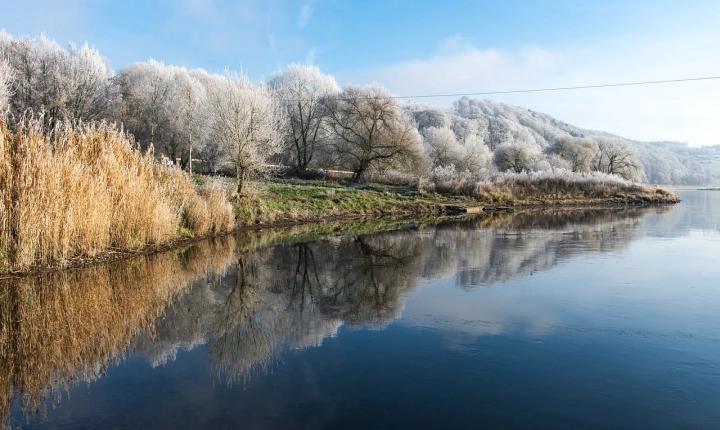Title: How to Create an AI Anime Filter for Your Photos
In recent years, the use of artificial intelligence (AI) in creating artistic filters for photos has gained immense popularity. One particular style that has captured the imagination of many is the anime filter, which transforms ordinary photos into stunning anime-like images. With the advancements in AI technology, it is now possible for anyone to create their own AI anime filter to apply to their photos. In this article, we will explore the steps involved in creating an AI anime filter and how you can use it to give your photos a unique and eye-catching look.
Step 1: Choose a Style
Before delving into the technical aspects of creating an AI anime filter, it’s important to first decide on the specific style you want to achieve. Anime art encompasses a wide range of styles, from soft and dreamy to bold and vibrant. Consider the characteristics you want to emphasize in your photos, such as exaggerated facial features, vivid colors, or a particular mood. Having a clear vision of the style you want will guide your efforts in creating the filter.
Step 2: Collect Training Data
The next step is to collect a diverse set of training data, which consists of anime-style images that will be used to teach your AI model to replicate the style. Look for a variety of anime artworks that showcase the specific style elements you are aiming for. This could include character illustrations, background art, and scenes from popular anime series. The more diverse and representative your training data is, the better your AI model will be at capturing the desired style.
Step 3: Training the AI Model
Now comes the technical part of creating the AI anime filter. There are several AI platforms and tools available that offer pre-trained models, such as TensorFlow, PyTorch, or style transfer frameworks like Fast Neural Style Transfer. These tools allow you to train your AI model using the collected training data to learn the specific anime style you want to replicate.
During the training process, the AI model learns to identify and replicate the stylistic elements present in the training data, such as line art, color palettes, and texture. This step requires a good understanding of AI and machine learning concepts, and it may take some experimentation to achieve the desired results.
Step 4: Applying the Filter
Once your AI model has been trained, you can then apply the anime filter to your photos. This can be done using various image processing libraries and tools, where you input your original photo and the AI model applies the learned anime style to it. Depending on the complexity of your AI model and the size of your training data, this step can be computationally intensive, so having a powerful computer or access to cloud computing resources can be beneficial.
Step 5: Finishing Touches
After applying the AI anime filter to your photos, you may want to make some additional adjustments to achieve the perfect result. This could involve tweaking the color balance, adjusting the level of detail, or enhancing certain features to better match the anime style. There are numerous image editing software available that allow for these kinds of adjustments, ensuring that your final images look exactly as you envisioned them.
In conclusion, creating an AI anime filter for your photos involves a combination of artistic vision and technical expertise. With the right approach, anyone can learn to train their own AI model to replicate the captivating style of anime art and apply it to their photos. Whether you’re a photography enthusiast, a digital artist, or simply a fan of anime, the process of creating and applying an AI anime filter can unlock new creative possibilities and add a unique flair to your visual creations.
